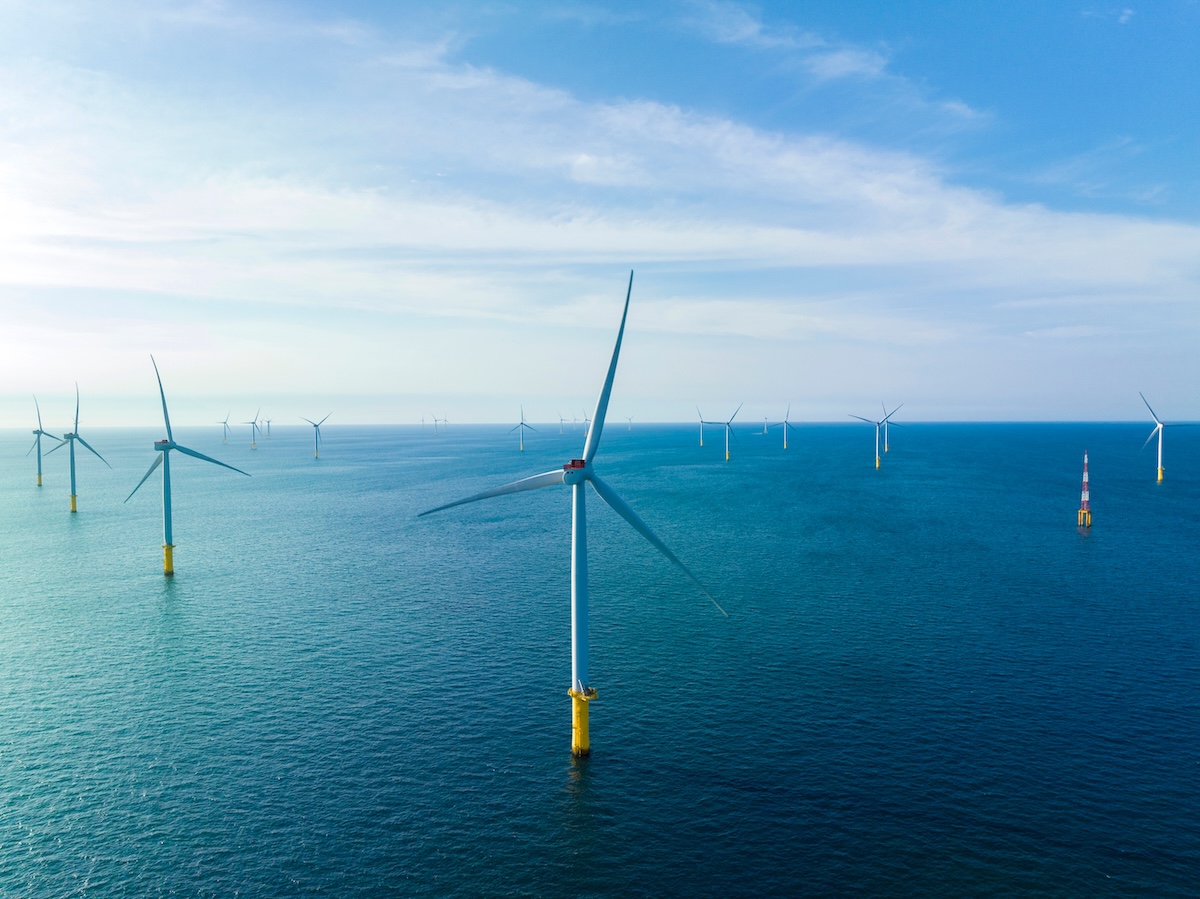
GE Vernova (GEV) has managed to stay largely above the fray despite President Trump’s tariffs and the escalating trade fight with China.
The stock is down just 0.11% so far this year, but it’s still up 149.4% over the past 12 months.
The company is at the center of America’s energy transition, offering the tech and tools to modernize the grid and make power generation cleaner and more efficient.
Bank of America once warned that GEV was among the stocks most exposed to a full-scale trade war. But with that now a reality, investors seem far less worried. Wall Street’s outlook, in fact, has only grown more optimistic.
GE Vernova is set to report first-quarter results on April 23, and expectations are high, to say the least.
Analysts expect the company to post earnings of $0.43 per share, a major swing from its $0.41 loss in the same quarter last year. That would mark a 204.9% year-over-year turnaround.
GE’s earnings track record is mixed. GEV beat expectations in two of the last four quarters but fell short in the other two. In Q4 2024, it posted EPS of $1.73 — 25.4% below forecast.
Looking ahead, Wall Street sees full-year 2025 earnings climbing to $6.39 per share — up 166.3% from last year. For FY2026, that figure is expected to jump another 73.2% to $11.07.
Among the 28 analysts covering the stock, 22 rate it a Strong Buy, two call it a Moderate Buy, and four say Hold. The consensus rating is Strong Buy.
The average price target is $406.52, about 30.7% above where the stock closed Tuesday at $328.60. Over the past year, shares have rallied 156.2%.
GEV's wind segment at risk
There is one possible challenge on the horizon.
On his first day back in office, President Trump signed an executive order halting new leases for offshore wind projects in federal waters. This move could limit future business for GEV’s wind division.
But demand for wind energy in the U.S. continues to climb, and that may help offset any policy roadblocks.
More importantly, RBC Capital Markets analysts don’t see much risk to GEV’s revenue. The firm noted the company has “limited exposure to offshore wind in the U.S. and limited onshore wind development on federal land.”
So even if the White House isn’t in its corner, GEV looks well-positioned to keep growing.
Your email address will not be published. Required fields are markedmarked